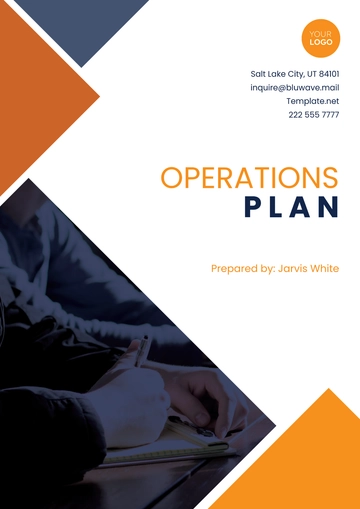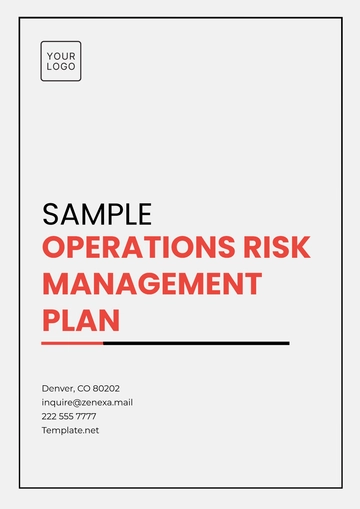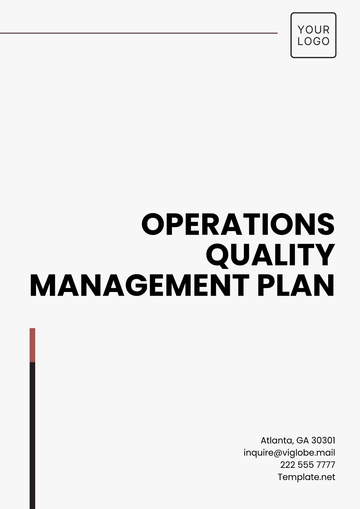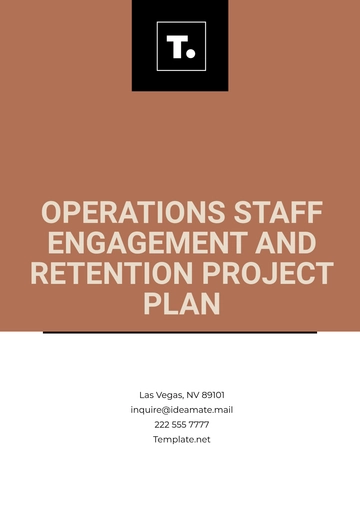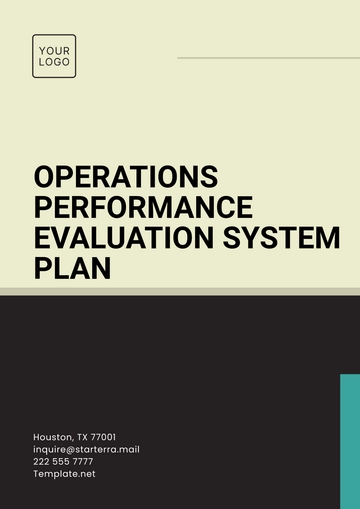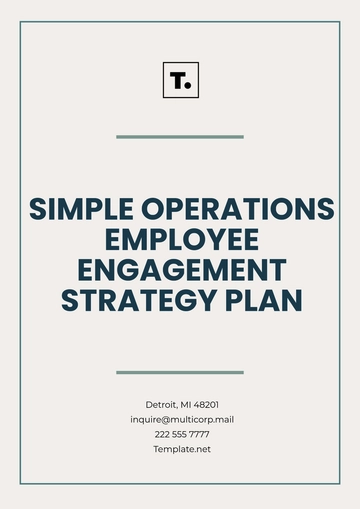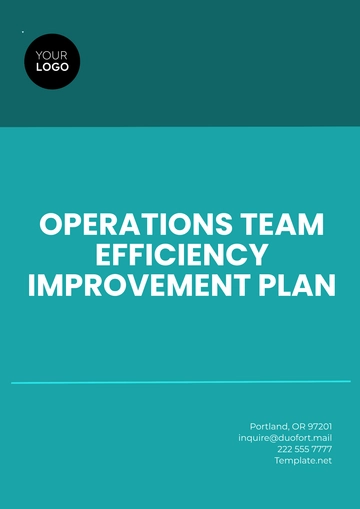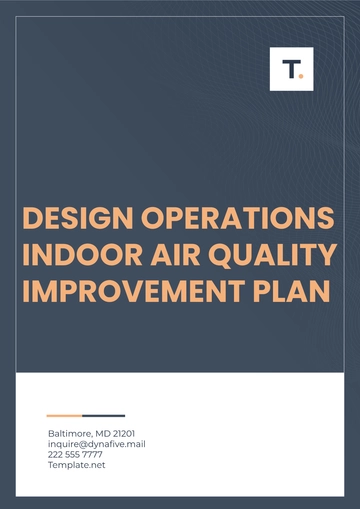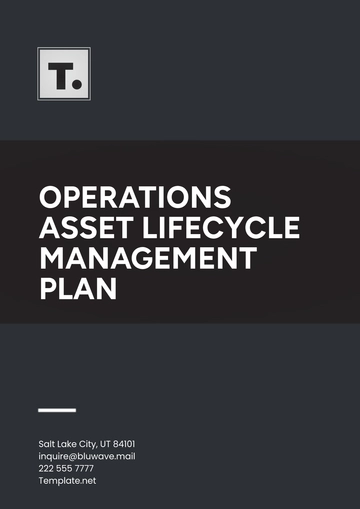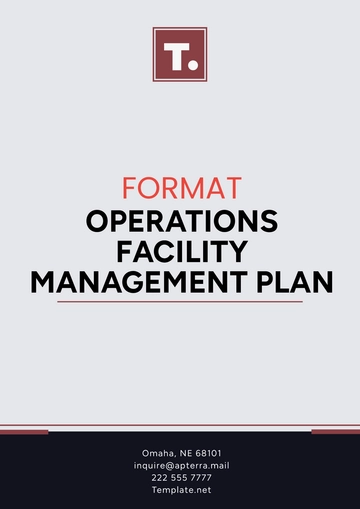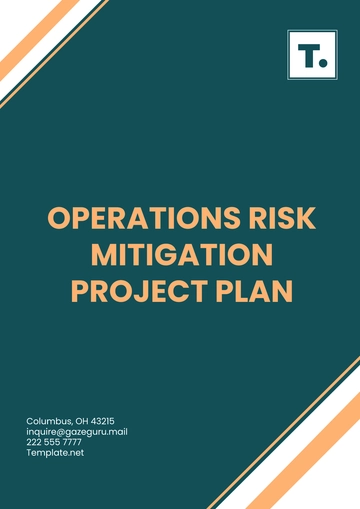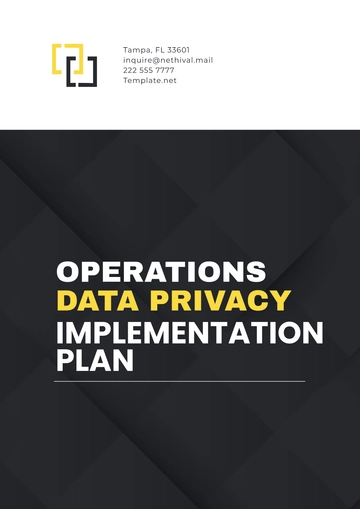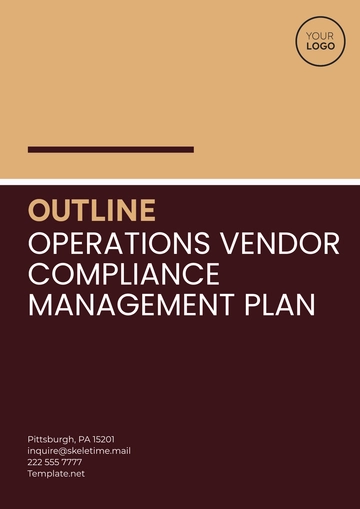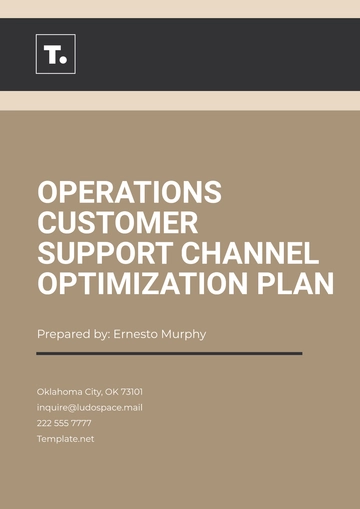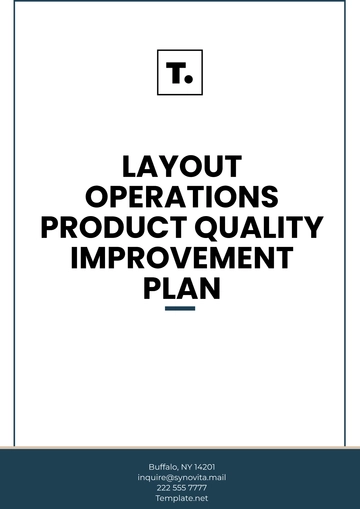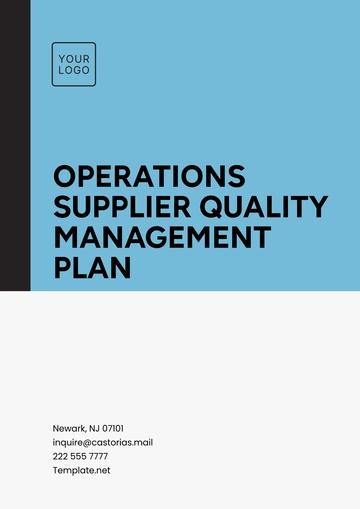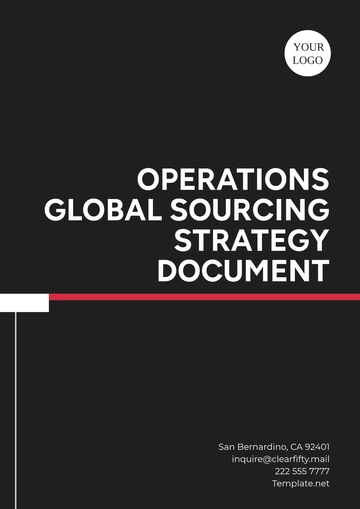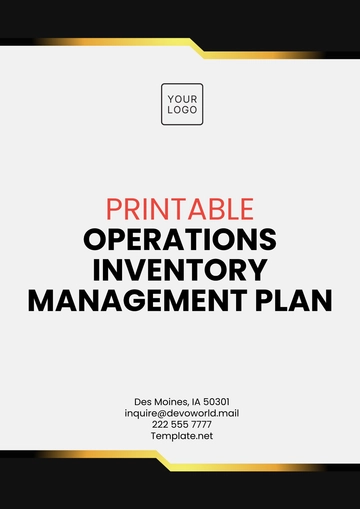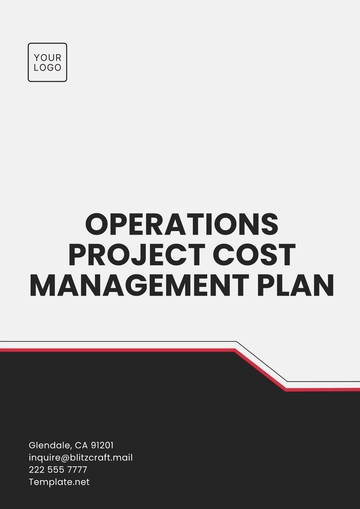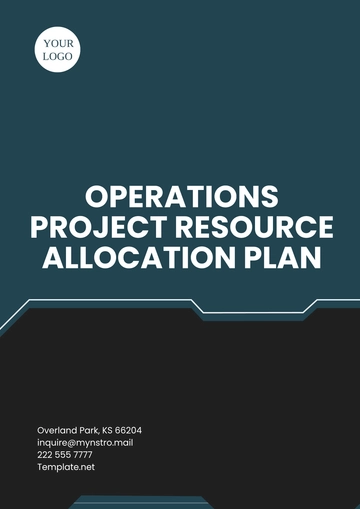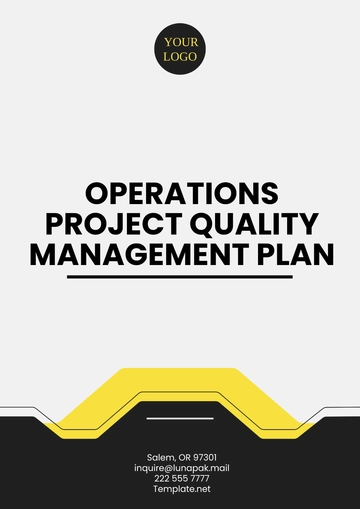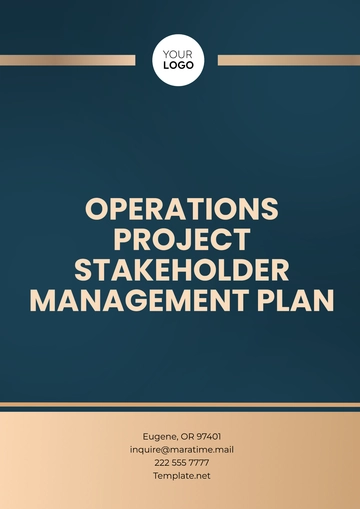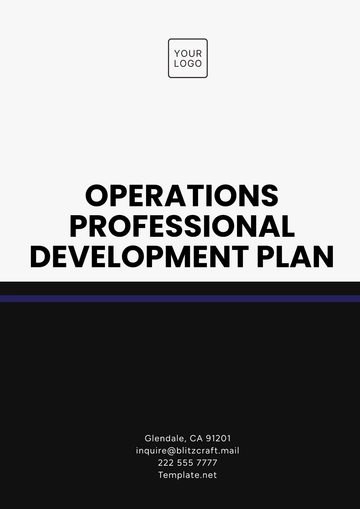Free Administration Compliance Monitoring Plan
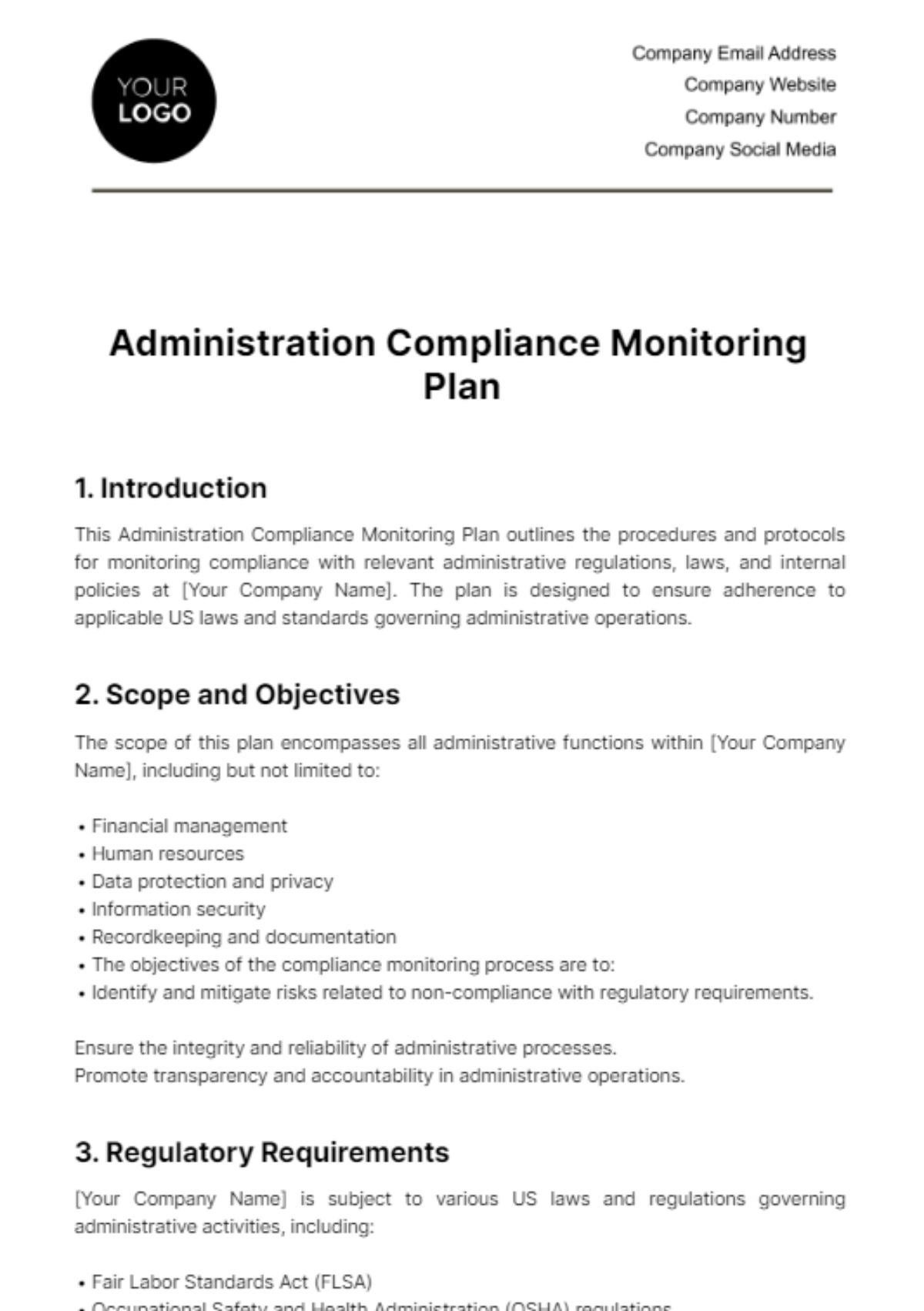
1. Introduction
This Administration Compliance Monitoring Plan outlines the procedures and protocols for monitoring compliance with relevant administrative regulations, laws, and internal policies at [Your Company Name]. The plan is designed to ensure adherence to applicable US laws and standards governing administrative operations.
2. Scope and Objectives
The scope of this plan encompasses all administrative functions within [Your Company Name], including but not limited to:
Financial management
Human resources
Data protection and privacy
Information security
Recordkeeping and documentation
The objectives of the compliance monitoring process are to:
Identify and mitigate risks related to non-compliance with regulatory requirements.
Ensure the integrity and reliability of administrative processes.
Promote transparency and accountability in administrative operations.
3. Regulatory Requirements
[Your Company Name] is subject to various US laws and regulations governing administrative activities, including:
Fair Labor Standards Act (FLSA)
Occupational Safety and Health Administration (OSHA) regulations
Equal Employment Opportunity Commission (EEOC) guidelines
Americans with Disabilities Act (ADA)
Sarbanes-Oxley Act (SOX)
Health Insurance Portability and Accountability Act (HIPAA)
Family and Medical Leave Act (FMLA)
4. Monitoring Procedures
Compliance monitoring activities will include:
Regular audits of administrative processes and documentation.
Periodic reviews of internal controls to ensure effectiveness.
Assessments of employee training and awareness programs.
Analysis of incident reports and corrective actions taken.
Monitoring will be conducted by the Compliance Department, with the Compliance Officer responsible for overseeing the process.
5. Responsibilities
Effective compliance requires clear roles. The following outlines the responsibilities of key stakeholders in ensuring adherence to regulatory requirements and promoting a culture of compliance within the organization.
Compliance Department | Compliance Officer | Department Heads/Managers |
|---|---|---|
Responsible for conducting compliance monitoring activities. | Review findings and coordinate corrective actions. | Implement recommended changes and ensure ongoing compliance within their respective areas. |
6. Documentation and Recordkeeping
All compliance monitoring activities will be documented and maintained in a central repository. Records will include:
Audit reports
Review findings
Corrective action plans
Training records
Incident reports
7. Communication
Findings from compliance monitoring activities will be communicated to relevant stakeholders through:
Regular reports to senior management.
Departmental meetings and training sessions.
Internal communication channels (e.g., email, intranet).
Unresolved compliance issues will be escalated to [Senior Management] for further review and action.
8. Training and Awareness
All employees will receive training on relevant laws, regulations, and company policies related to their roles. Training programs will be conducted [annually] and updated as necessary to reflect changes in regulatory requirements.
9. Continuous Improvement
The effectiveness of the compliance monitoring process will be regularly evaluated, and improvements will be implemented as needed. Feedback from stakeholders and lessons learned from incidents will inform ongoing enhancements to administrative compliance practices.
Conclusion
By adhering to the guidelines outlined in this Administration Compliance Monitoring Plan, [Your Company Name] aims to ensure compliance with US laws and standards while promoting a culture of integrity, transparency, and accountability in administrative operations.
- 100% Customizable, free editor
- Access 1 Million+ Templates, photo’s & graphics
- Download or share as a template
- Click and replace photos, graphics, text, backgrounds
- Resize, crop, AI write & more
- Access advanced editor
Ensure regulatory adherence with the Administration Compliance Monitoring Plan Template from Template.net. This template is editable and customizable, designed for tracking and evaluating compliance efforts effectively. Perfect for use in our Ai Editor Tool, it's essential for maintaining ongoing compliance and operational integrity.
You may also like
- Finance Plan
- Construction Plan
- Sales Plan
- Development Plan
- Career Plan
- Budget Plan
- HR Plan
- Education Plan
- Transition Plan
- Work Plan
- Training Plan
- Communication Plan
- Operation Plan
- Health And Safety Plan
- Strategy Plan
- Professional Development Plan
- Advertising Plan
- Risk Management Plan
- Restaurant Plan
- School Plan
- Nursing Home Patient Care Plan
- Nursing Care Plan
- Plan Event
- Startup Plan
- Social Media Plan
- Staffing Plan
- Annual Plan
- Content Plan
- Payment Plan
- Implementation Plan
- Hotel Plan
- Workout Plan
- Accounting Plan
- Campaign Plan
- Essay Plan
- 30 60 90 Day Plan
- Research Plan
- Recruitment Plan
- 90 Day Plan
- Quarterly Plan
- Emergency Plan
- 5 Year Plan
- Gym Plan
- Personal Plan
- IT and Software Plan
- Treatment Plan
- Real Estate Plan
- Law Firm Plan
- Healthcare Plan
- Improvement Plan
- Media Plan
- 5 Year Business Plan
- Learning Plan
- Marketing Campaign Plan
- Travel Agency Plan
- Cleaning Services Plan
- Interior Design Plan
- Performance Plan
- PR Plan
- Birth Plan
- Life Plan
- SEO Plan
- Disaster Recovery Plan
- Continuity Plan
- Launch Plan
- Legal Plan
- Behavior Plan
- Performance Improvement Plan
- Salon Plan
- Security Plan
- Security Management Plan
- Employee Development Plan
- Quality Plan
- Service Improvement Plan
- Growth Plan
- Incident Response Plan
- Basketball Plan
- Emergency Action Plan
- Product Launch Plan
- Spa Plan
- Employee Training Plan
- Data Analysis Plan
- Employee Action Plan
- Territory Plan
- Audit Plan
- Classroom Plan
- Activity Plan
- Parenting Plan
- Care Plan
- Project Execution Plan
- Exercise Plan
- Internship Plan
- Software Development Plan
- Continuous Improvement Plan
- Leave Plan
- 90 Day Sales Plan
- Advertising Agency Plan
- Employee Transition Plan
- Smart Action Plan
- Workplace Safety Plan
- Behavior Change Plan
- Contingency Plan
- Continuity of Operations Plan
- Health Plan
- Quality Control Plan
- Self Plan
- Sports Development Plan
- Change Management Plan
- Ecommerce Plan
- Personal Financial Plan
- Process Improvement Plan
- 30-60-90 Day Sales Plan
- Crisis Management Plan
- Engagement Plan
- Execution Plan
- Pandemic Plan
- Quality Assurance Plan
- Service Continuity Plan
- Agile Project Plan
- Fundraising Plan
- Job Transition Plan
- Asset Maintenance Plan
- Maintenance Plan
- Software Test Plan
- Staff Training and Development Plan
- 3 Year Plan
- Brand Activation Plan
- Release Plan
- Resource Plan
- Risk Mitigation Plan
- Teacher Plan
- 30 60 90 Day Plan for New Manager
- Food Safety Plan
- Food Truck Plan
- Hiring Plan
- Quality Management Plan
- Wellness Plan
- Behavior Intervention Plan
- Bonus Plan
- Investment Plan
- Maternity Leave Plan
- Pandemic Response Plan
- Succession Planning
- Coaching Plan
- Configuration Management Plan
- Remote Work Plan
- Self Care Plan
- Teaching Plan
- 100-Day Plan
- HACCP Plan
- Student Plan
- Sustainability Plan
- 30 60 90 Day Plan for Interview
- Access Plan
- Site Specific Safety Plan
